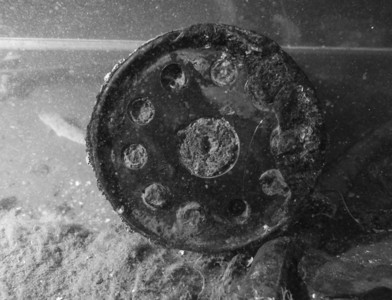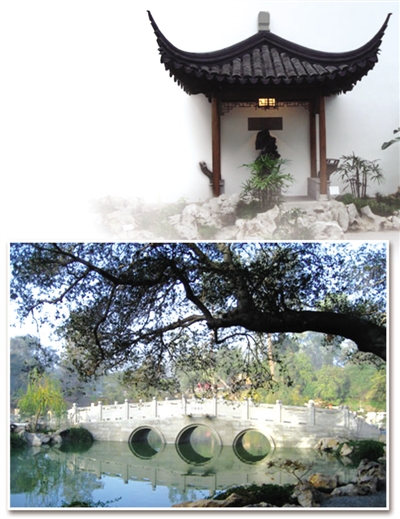This is NEWS Plus Special English.
Archeologists in northeast China have begun an underwater investigation in the Yellow Sea to learn more about a war ship sunken by the Japanese navy during the first Sino-Japanese War 120 years ago.
The investigation was launched in Dandong City, Liaoning Province, where the warship was found during an underwater exploration for port construction last year.
Coded "Dandong No. 1", the still intact 50-meter hull is located 10 nautical miles southwest of Dandong Port. The inside of the ship has been badly damaged.
Archeologists have concluded the 1,600-tonne vessel is one of the four warships of the Beiyang Fleet, the imperial marine forces of the Qing Dynasty government. Beiyang Fleet was destroyed by the Japanese navy in the "Battle in the Yellow Sea" in 1894.
The four ships were China's most modern vessels. They were bigger and better armed than the Japanese fleet, but were slower and lacked ammunition.

This is NEWS Plus Special English.
China has exported more than 40 classical gardens from Suzhou, home of "China's English gardens", to 30 or more countries and regions.
The gardens first went global in 1979 when Chinese horticulturists and architects were commissioned to build the Ming Xuan, or Astor Court, at the Metropolitan Museum of Art in New York.
Although occupying only an area of some 400 square meters, the Court featured the quintessence of Suzhou gardens from zigzag corridors to carefully-cultivated rock structures and water features.

The classical gardens of Suzhou originated from the eastern city in Jiangsu Province, and later became an aesthetic genre of classical Chinese landscape architecture.
Shortly after the Ming Xuan debuted, several others appeared. Among the more famous are the Ruisu Garden at the Geneva-based headquarters of the World Trade Organization, the Garden of Flowing Fragrance at the Huntington Library in the U.S., and the Yili Garden in outskirts of Paris.












